Top Tips For Effective Winter Riding
Electric bikes offer greater speed and power, so it’s crucial to ensure you ride your e-bike safely in all weather conditions. With that in mind, here are our top tips for apparel and accessories that aid effective winter trail riding.
Don’t Overdress
The actual temperature outside is not the only factor to consider when deciding what to wear for your ride. You should also think about how hard you are going to be riding. A slow cruise warrants thicker layers than a ride where you will generate a lot of body heat. As a rule of thumb, you’re probably overdressed if you walk outside and feel warm in your gear before you even step on the pedals. You should be slightly cold before riding so you don’t get too warm during the riding effort.
Keep A Warm Head
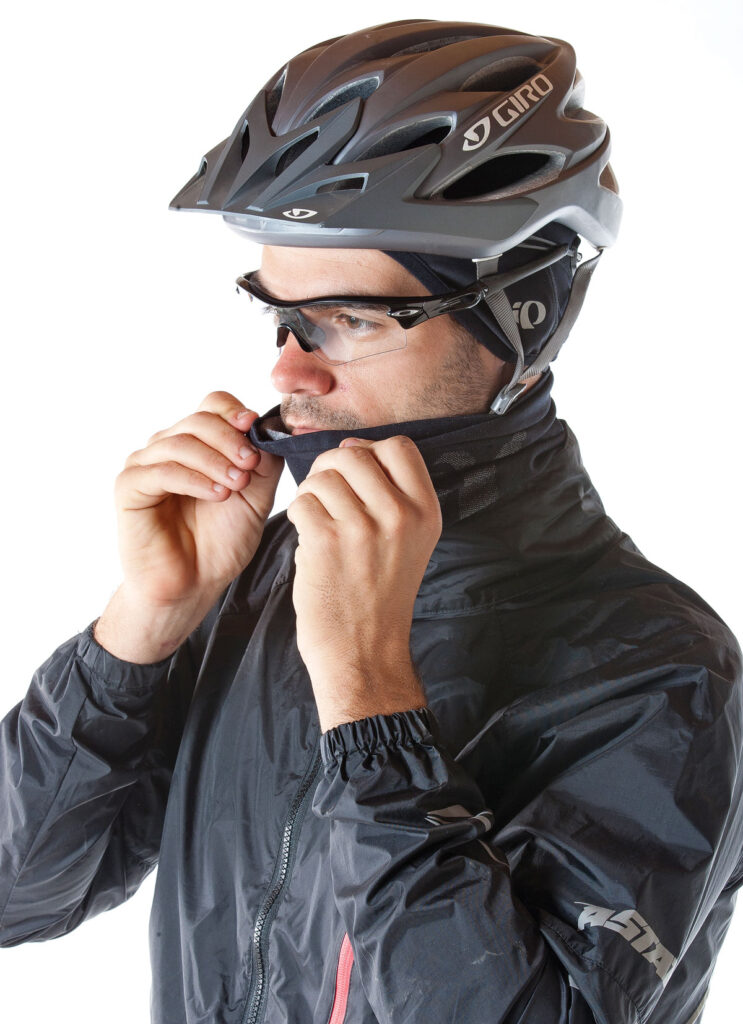
and skullcap combination that is versatile on the trail.
For winter trail riding, we like a neck warmer
and skullcap combination that is versatile on the trail.
We talk a lot about mountain bike helmets and how well they ventilate; however, winter is one time of year when you wish for fewer vents in your favorite lid. Keeping your head warm goes a long way toward helping you feel warm all over. Then again, if you overdress your head, it can overheat your whole body. We use a cold-weather skull cap that can be easily removed during a ride if we get too warm. For cool temperatures, a traditional wool cycling cap will provide just enough barrier to keep the cool air off your forehead. Check out a balaclava that integrates face and head coverage for the coldest situations.
Plan For Flexibility
Mountain biking is a tricky sport to dress for because of the variable situations we find ourselves in on the trail. One minute you can be grinding out a climb, and the next, you are descending with the wind in your face. Plan your gear so that you can make adjustments on the fly. This may mean a jacket with vents that open and close or simply being able to slide down your arm warmers on a climb to prevent overloading your base layer with perspiration. Once you saturate the layers against your skin with sweat, drying out on the ride is very tough.
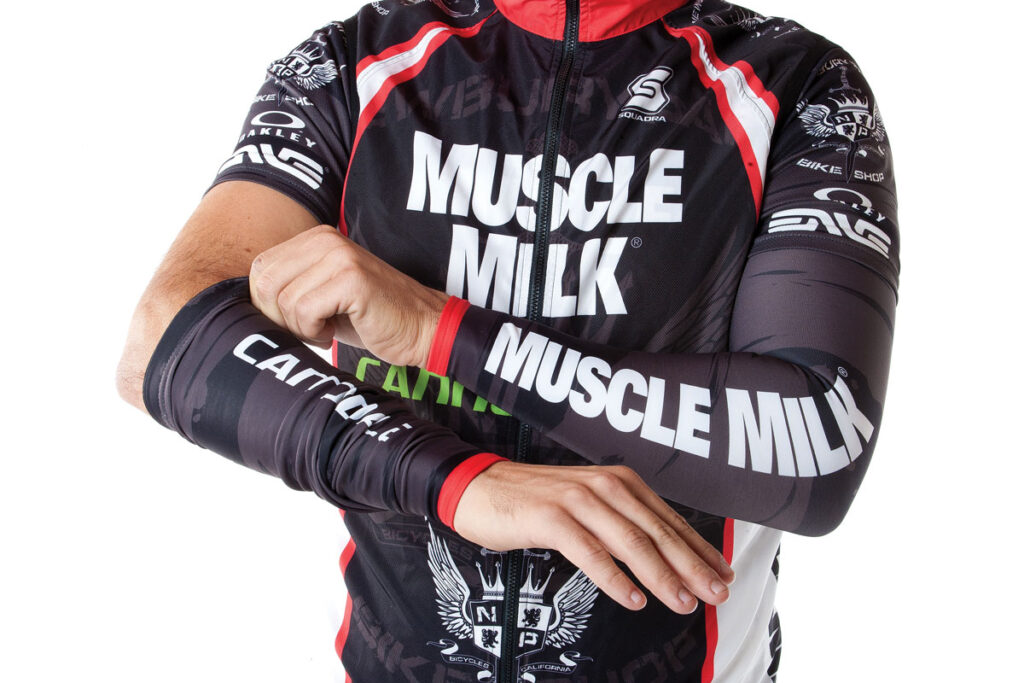
Layering To Create Air Pockets
Staying warm during a ride isn’t simply about throwing on as many layers as possible. If you use the right garments in the right order, you might be surprised how little clothing you actually need. The goal is to create pockets of warm air to insulate your body. The basic three layers are a base layer, a jersey, and an outer shell or jacket. For cold weather, dress in a base layer, jersey, and an outer shell or jacket.
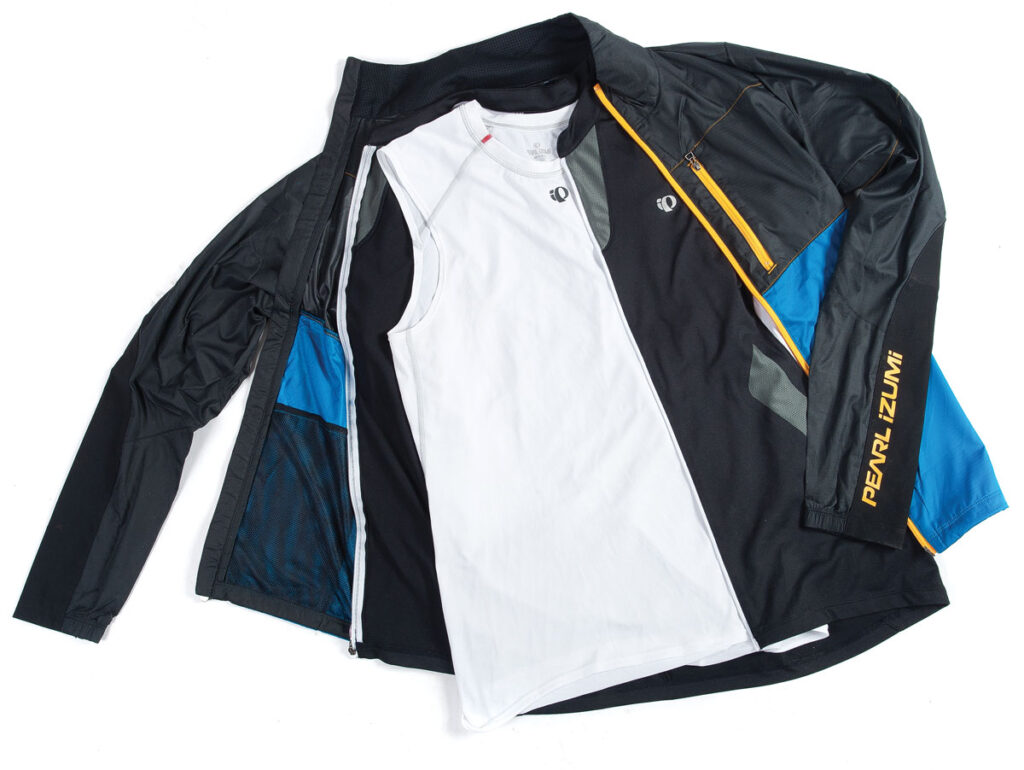
Work From The Inside Out
The goal is to stay dry to maintain a warm core body temperature in cold conditions. While you’ll inevitably sweat when riding, keeping the moisture away from your skin is important. This can be accomplished by wearing a moisture-wicking base layer. Base layers are polyester-based, thin garments that are made to be worn directly against the skin. Base layers are available in sleeveless, short-sleeve, and long-sleeve options and, in some cases, with extra layers of protection for the coldest conditions.
Jersey Options
While a jersey may be your outermost layer for most of the year, in cold situations, its primary job is to maintain the pockets of warm air and aid in moisture transfer. The jersey plays the middleman in temperature regulation in a standard, three-layer base/jersey/jacket setup.
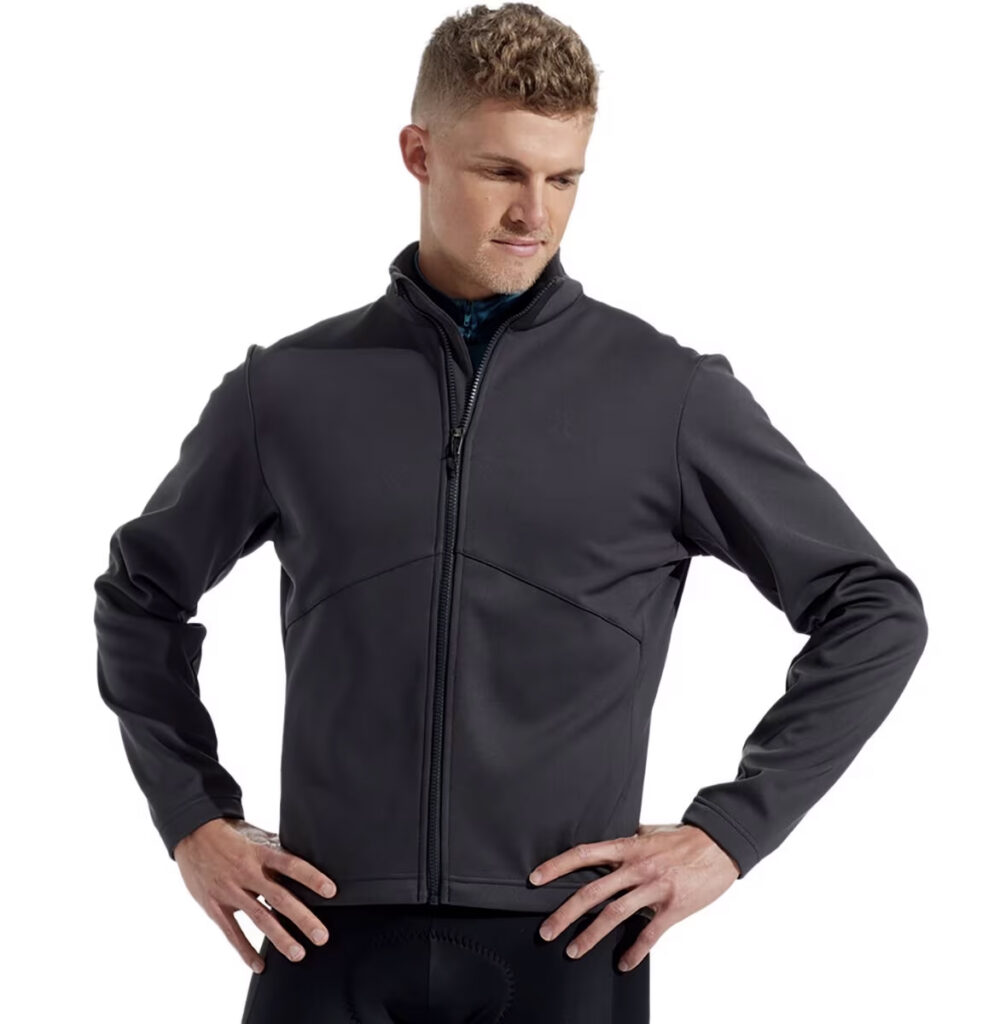
Create A Weather Barrier
The outer layer forms a barrier against the cold air outside and traps body heat inside. A wide variety of jackets are available in varying thicknesses and materials, depending on how much airflow or insulation you need. A light windbreaker or a wind-blocking vest will suffice for cool temperatures. When riding in wet conditions, look for waterproof fabrics that allow air to pass through without letting water in. For the coldest situations, an insulated soft-shell jacket will provide plenty of warmth while maintaining mobility. Waterproof garments like this transfer excess heat out while keeping moisture from getting in during precipitation.
Maintain Control At The Levers
Cold hands aren’t just uncomfortable. They’re also dangerous because they make controlling your bike more difficult. In cold weather, don’t go overboard with big and bulky gloves. Instead, look for standard full-finger gloves with less ventilation than summer gloves. You don’t want to have to take your gloves off because they are too hot and then lose the protection they provide. For very cold situations, choose a heavily insulated option that aligns more with snow skiing gloves than cycling gloves.
Go Electric
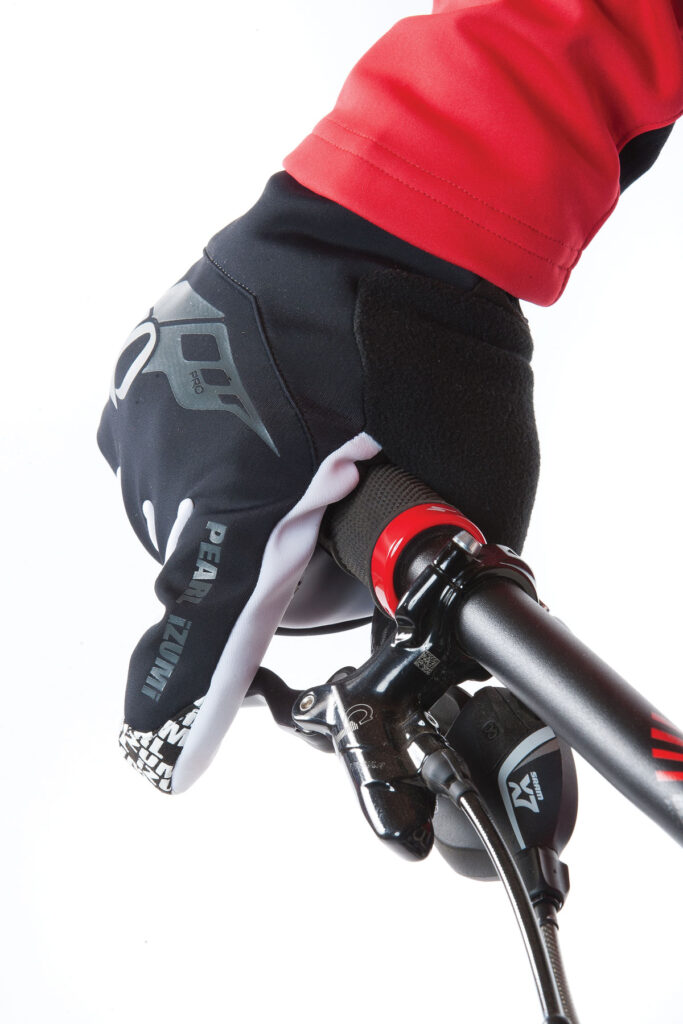
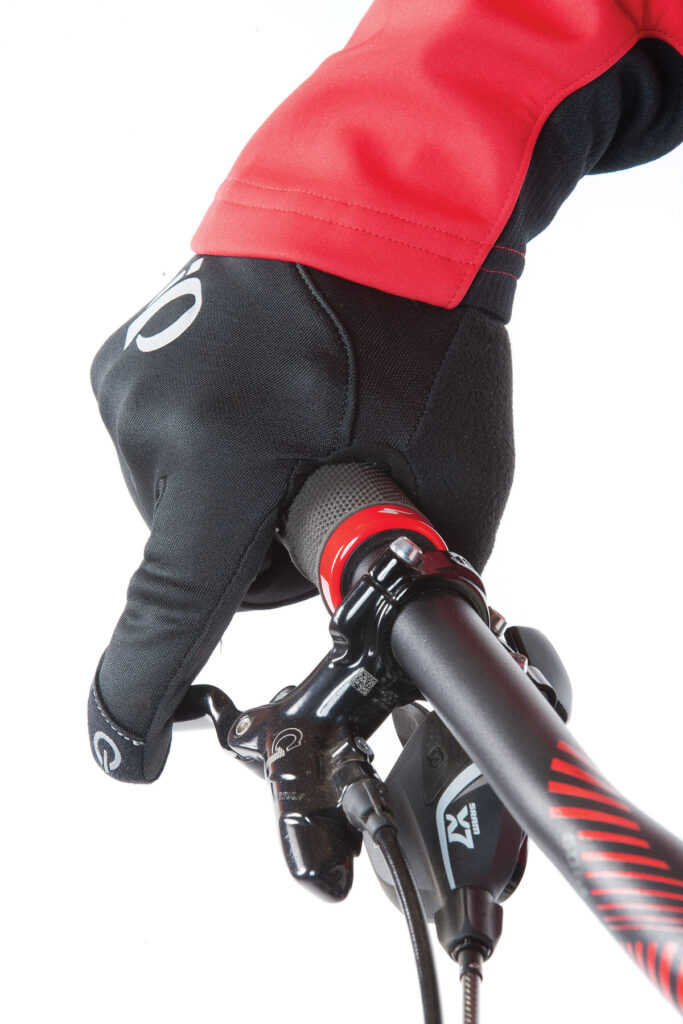
Thick cold-weather gloves can be tough for feeling the bike controls. Thin cold-weather gloves are good to pair with hand-warming packets.
Okay, this is not an apparel item, but if hand numbness is a problem, A’ME’s heated grips are a great solution. Combine these with a product like Heatflex handguards from Skinz Protective Gear, and you will almost look forward to winter storms.
Legs Matter, Too
With all the talk about upper body layers, don’t neglect your lower extremities. In cool weather, we like to use knee warmers along with our baggy shorts. There is little to no mobility sacrifice, and you can always remove knee or leg warmers mid-ride. You’ll have to pull out the big guns if you are dealing with near-freezing conditions. A thermal tight underneath your baggies or a riding-specific pant is ideal.
Shoes Need Help Sometimes
It’s easy to forget about your feet since your mountain bike shoes cover them. However, like your helmet, most mountain bike shoes are designed to be well-ventilated. If you live in an area where cold-weather riding is half of your year, invest in cold-weather-specific shoes. Otherwise, go with a slightly thicker wool sock, or for icy conditions, use a shoe cover that goes on the outside of the shoe to block the wind.
Now that you have our insight into staying warm through the winter months, you’re ready to hit the roads and trails all year round. Learn more about using an e-bike in tricky conditions with our guide to riding an electric bike safely in the rain.



